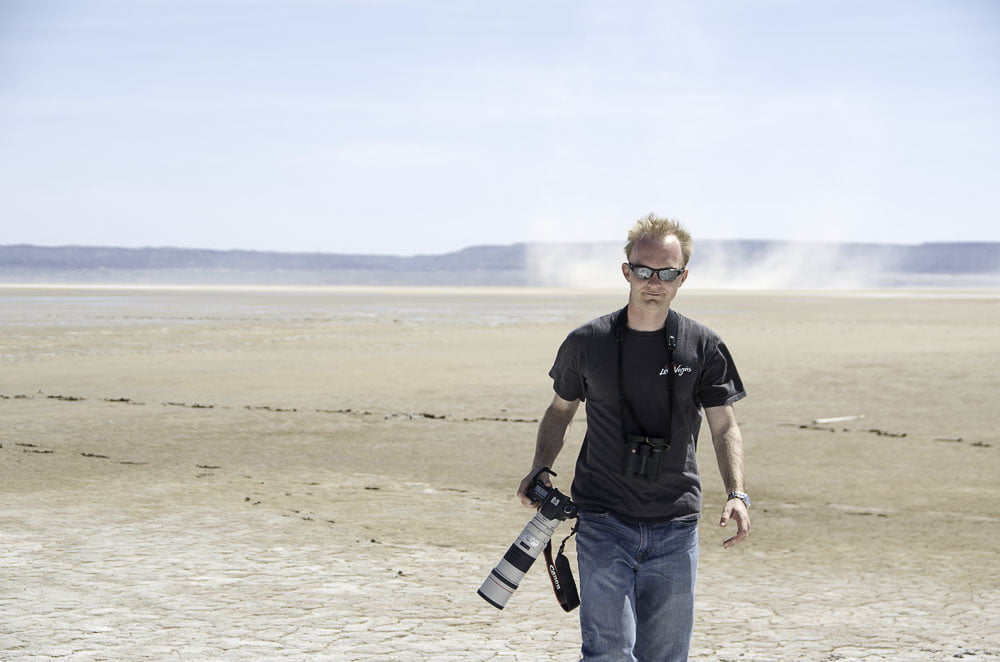In this episode, we talk to Noah Strycker.
Noah is the Associate Editor for Birding Magazine and author of several popular books about birds.
He set a world record in 2015 by finding more than 6,000 species of birds in one calendar year. 6,042 species to be precise.
Noah has made more than 70 expeditions to Antarctica and the high Arctic, literally spreading the joy of birds from pole to pole.
In this episode, we talk about the countries he has visited, the species that he has seen, what he learned from his big year of birding, the equipment he carries and how to replicate this exercise should you want to.
All photos are courtesy Noah Strycker.
You can connect with Noah via his website: https://noahstrycker.com/
Below is the Youtube interview with photos. Click here to go to Youtube.
Long Bio
Called a “Travel Pioneer” by the BBC and “Birdman of Razzmatazz” by Newsweek, Noah Strycker is a 36-year-old (dob 2/9/86) writer, photographer, and bird man based near Eugene, Oregon. In 2015, during a quest spanning 41 countries and all seven continents, he set a world record by finding 6,042 species of birds (more than half the birds on Earth) in one calendar year.
Noah has written several books, is Associate Editor of Birding magazine, and guides in the polar regions for Quark Expeditions and Antarctic Logistics & Expeditions. He is also a birding ambassador for Leica Sport Optics.

Noah’s books include: Birding Basics (2022), for those just getting started; Backyard Guide to the Birds of North America (2nd ed.; 2019), a field guide to 150 of the most common and interesting birds of North America; Birds of the Photo Ark (2018), featuring up-close portraits of birds photographed by Joel Sartore; Birding Without Borders (2017), a personal account of Noah’s epic quest in 2015 to see more than half of the planet’s bird species in a single year; The Thing with Feathers (2014), about the relationships between bird and human behavior; and Among Penguins (2011), describing a summer in an Antarctic field camp.
As an on-board ornithologist for expeditions to Antarctica and the high Arctic, Noah has traveled to Earth’s polar regions more than 50 times and is fascinated by the birds of high latitudes. He has also worked on field research projects in Amazonian Ecuador, Costa Rica, Panama, the Australian Kimberley, the Farallon Islands, Hawaii, Michigan, Florida, and Maine.
Noah graduated summa cum laude in 2021 with a master’s degree in Marine Sciences from Stony Brook University. His master’s thesis, which received the MSRC Endowment Award for Best Thesis, assessed the global population of Chinstrap Penguins. In 2008, he earned a bachelor’s degree in Fisheries and Wildlife from Oregon State University, which presented him with the prestigious Don and Shirley Wirth Young Alumni Award in 2018.
He was named the American Birding Association’s “Young Birder of the Year” in 2004.
He is also a competitive tennis player and captained the Oregon State team at #1 singles. In the summer of 2011, Noah hiked the entire 2,665-mile Pacific Crest Trail from Mexico to Canada, averaging about 22 miles per day for four months.

Questions:
You have just returned from Antarctica. Can you tell us about the work that you did there? Also, can you tell us 3 to 5 fascinating things about penguins that will educate our viewers and listeners.
You have written many books including National Geographic Birding Basics: Tips, Tools, and Techniques for Great Bird-watching. Can you lay out some tips, tools, and techniques for our audience?
I read and loved your book about feathers, and what birds can teach us about being human. For those who haven’t read the book, can you please talk a bit about the basic thesis of the book.
You have been to some of the farthest places on this earth. What is your view on conservation of birds?
You are known for your big year of birding. Can you tell us some of the birds that fascinated you during that trip and why?
Tell us about Indian birds. You were in Kerala when you talked the last record and in Assam for the final one. Why did this happen?
What are your favorite birds? Are turkey vulture still your favorite bird?
Why are you glad that the bird you first sighted during your big year wasn’t a skua or gull? It was a cape petrel.
Why did you fly from Australia to India for your last bird sighting?
What are your upcoming projects?
Anything else you would like to add for our audience.



